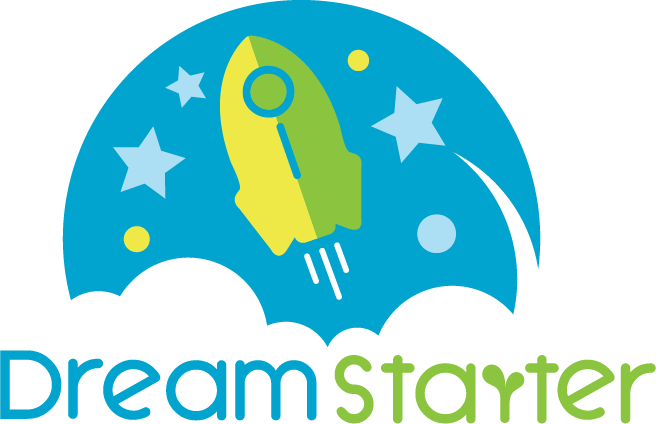
via: 2016-7-11 [The Standard]: Innovation in education
An existential crisis awaited Chu Tsz- wing on his first day at the helm of a primary school in Wong Tai Sin. On his desk was a warning letter from the Education Bureau, saying the school would be closed if it failed again to recruit enough students for a new school year.
Baptist Rainbow Primary School has had its days in the sun. Just a decade before it was one of the biggest primary schools in the neighborhood, running 27 classes in total and employing some 66 teachers.
However, when Chu became the principal three years ago, the primary school opened one class at every year level and employed 14 teachers. Worse still, it had only recruited five Primary One students that year. Chu had 27 days to find a solution, the letter read.
“Why would any parents want to send their children to a school that was on the verge of closure?” said Chu. “As a responsible educator, we couldn’t tell students to come because we had to stay open so that our teachers could stay employed. That doesn’t make sense.”
A technophile, Chu decided to embrace technology. He believes that schools should nurture students according to society’s future needs. And what the society will need is a tech-savvy workforce who can innovate, communicate and collaborate.
Consequently, technology now forms the heart of the curriculum, with mobile apps writing, 3D printing and electrical engineering each playing a part. There is also a startup class in which entrepreneurs volunteer as teachers.
The traditional classroom teaching approach has been largely replaced by “dream starter projects” in which students pick the things that they want to work on for a year. An example could be taking part in a tech competition overseas.
Teachers design an evaluation rubrics with the aim of helping the students to complete their self-imposed targets. Starting in September, the school will even stop all regular afternoon classes to give students more time to work on their projects, Chu said.
Another unconventional change is introducing video games as an education tool to teach discipline. Chu engaged an e-learning facilities developer to regularly introduce new games and technologies into a games room which opens only to students exhibiting good behavior.
The games room cost almost HK$500,000 to build and incorporated various gaming facilities like PlayStation4, Wii, virtual reality goggles and tablets installed with popular mobile games such as Plant vs Zombies.
The facilities provider has also developed some motion sensing computer games to keep the children on the move. But learning is never the intention. Having fun and having an access to the latest technologies are.
“We aren’t aiming to teach children how to use these technologies,” said William Chan, managing director of Big Dipper Studio. “Instead, we want to pique their increase through gaming. We believe children will learn by themselves eventually if they are interested in technology.”
Bridging the digital divide is paramount to the good of the students. More than half of the children come from an underprivileged backgrounds. Their families are recipients of various forms of means-tested social welfare payments.
While it’s still too early to tell whether the games room brings all of its intended benefits, it’s at least certain that the children are learning what counts as good behavior and the importance of discipline.
That’s because to be able to go into the games room, the children need to earn the right by collecting four different types of gem. They need at least a combination of three rubies, one sapphire and one emerald if they want to play video games during lunchtime and recess.
“Sapphires are awarded based on one’s performance during extracurricular activities,” said a boy in Primary Six surnamed Wong. “If you don’t perform well, but participated, you will still get one sapphire.”
“Rubies are for academic performance. For example, you get a score of 60 in dictation,” said a girl in Primary Five surnamed Lai. “Emeralds are for moral performance – you hand in assignments on time and behave in class. Diamonds are given when we complete a special task. They can replace the other three gems.”
Today, the primary school is no longer on the verge of closure. It has attracted a healthy number of new students, opening four Primary One classes this year. In the next academic year, the school will open 15 classes in total and employ around three dozen teachers.
“Parents responded well to the tech- centered curriculum. That proves the school is on the right path,” said Chu. “We focus on changing the mindset and giving students the technology to invent their own creations. We’re trying to train students to be the employers, not employees.”











